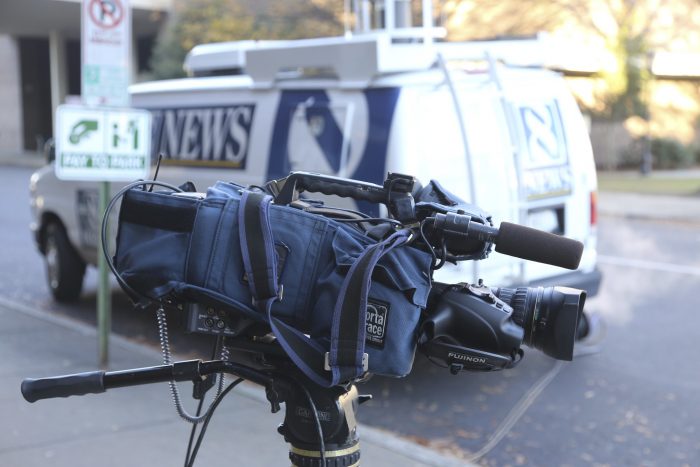
— Local TV audiences were down for the morning, evening, and late-night time slots.
— The amount of local TV news programming actually increased very slightly, from an average of 5.6 hours per day in 2017 to an average of 5.9 hours in 2018, as reported previously by a RTDNA/Hofstra University survey.
— Advertising revenues were up, aided by the 2018 midterm elections.
— After a dip between 2016 and 2017, cable news audiences grew in 2018: “The average combined audience (defined as the average number of TVs tuned to a program throughout a time period) for the prime news time slot (8 p.m. to 11 p.m.) of [CNN, Fox News, and MSNBC] increased 8%, to about 1.25 million…The average audience for the daytime news time slot (6 a.m. to 6 p.m.) increased by 5%.”
— Revenue was up 4% for CNN, Fox News, and MSNBC.
If you’d like more, the fact sheets are here, here, and here.